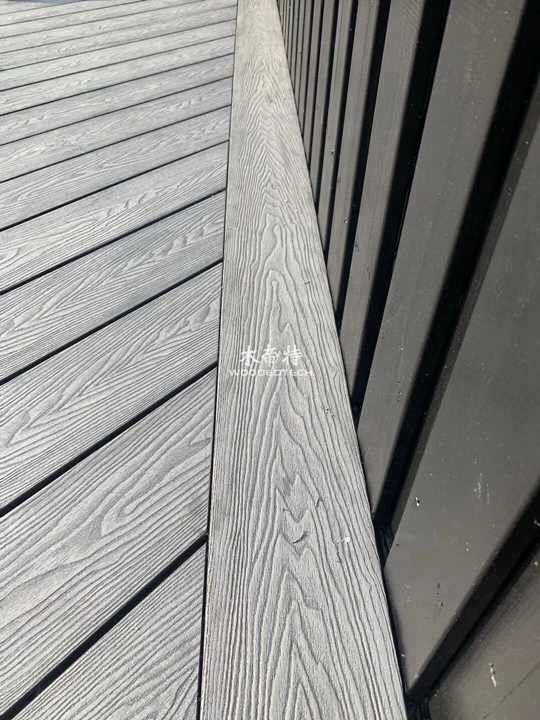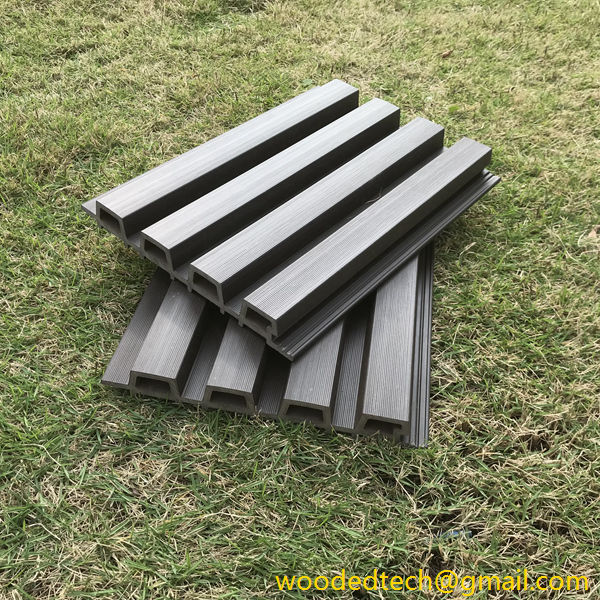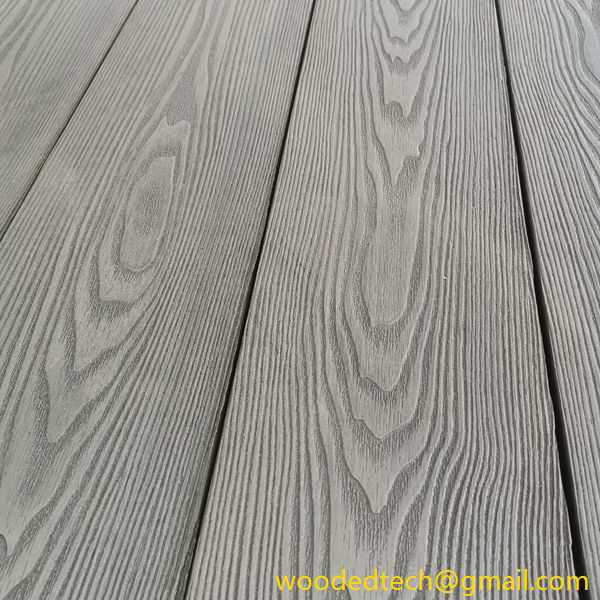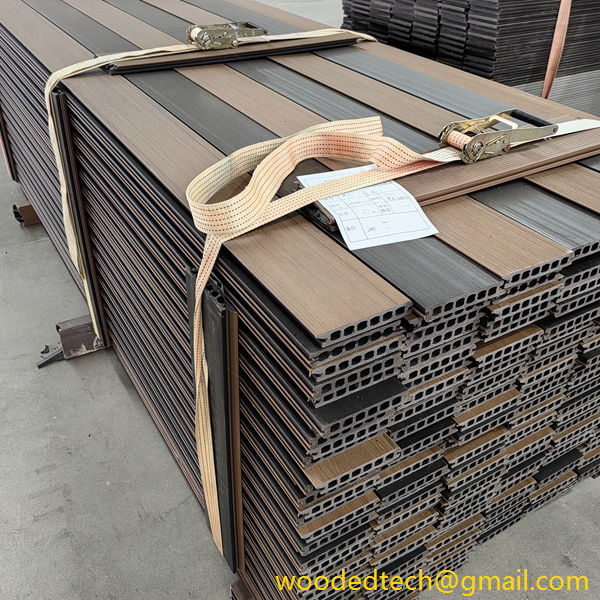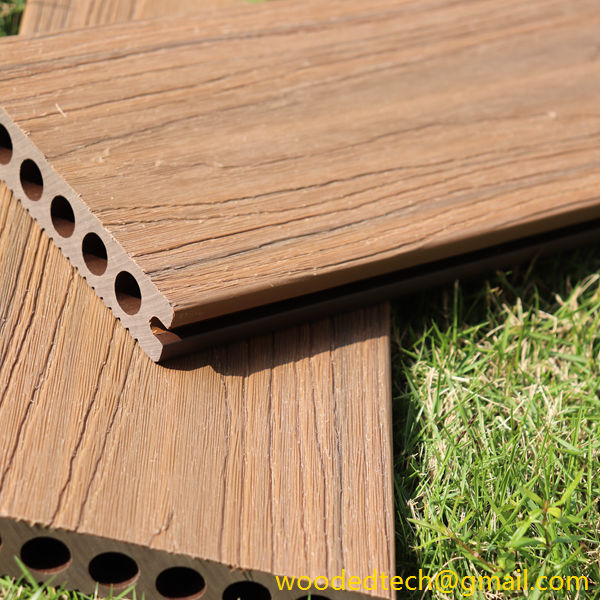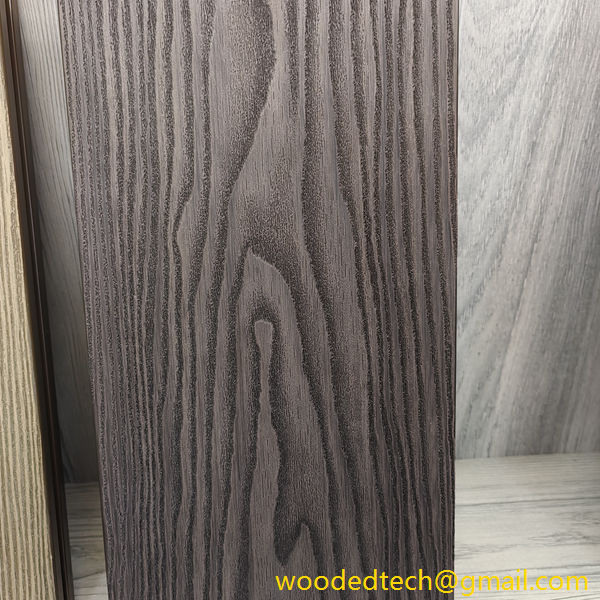Advantages of wood plastic composite materials (wpc decking) and introduction to Grain Plastic (Grain Husk and Plastic Composite Materials)
Advantages of wood plastic composite materials (wpc decking) and introduction to Grain Plastic (Grain Husk and Plastic Composite Materials) (1) Diversification of raw materials: Different plastics and plant fibers Wood plastic composite material (wpc decking) is a very complete material with relatively mature formula and technology. The composition of raw materials is also very diverse,…
Advantages of wood plastic composite materials (wpc decking) and introduction to Grain Plastic (Grain Husk and Plastic Composite Materials)
(1) Diversification of raw materials:
Different plastics and plant fibers
Wood plastic composite material (wpc decking) is a very complete material with relatively mature formula and technology. The composition of raw materials is also very diverse, including polyethylene (polyethylene, referred to as PE), polyvinyl chloride (polyvinyl chloride, referred to as PVC), and polypropylene (polypropylene, referred to as PP). Even the materials can be matched with each other.
Rice husks, straws, even peanut shells, coffee grounds, etc. can make this combination. Of course each material has its own advantages and disadvantages.
(2) Production technology is mature
In addition, the raw material technology and production technology of wood plastic composite materials (wpc decking) are also very mature.
(3) Application economy
The current overall demand for wood or wood products is RMB 870 billion. In addition to the log industry, there are many places where other materials, including wood-plastic composite materials, can be substituted. For example, the demand for the window frame industry is almost more than 800 billion yuan, among which wood-plastic composite materials (wpc decking) also have a large number of application prospects.
(4) Recycling and environmental protection
Material case sharing – Grain Plastic (Grain Husk and Plastic Composite Materials)
A common practice in disposing of rice husks is to burn them in an attempt to collect silica for resale. Recently, some rice processing companies have begun to use rice husk instead of coal to generate electricity (rice husk is half as efficient as coal, but it will still cause environmental pollution after burning).
In December 2015, the Jiangxi Provincial Government issued the “2016-2018 Jiangxi Provincial Green Building Materials Production and Application Action Plan”. Plates made of rice husk are one of the supported green and environmentally friendly materials.
Grain Plastic (Grain Husk and Plastic Composite Materials) uses rice husk as the main material of wood-plastic composite materials.
Grain Plastic (Grain Husk and Plastic Composite Materials) is a new type of composite scientific material. Its main ingredients are composed of natural gallium dioxide, salt and mineral oil extracted from plants. It uses abundant natural waste to develop a superior, long-lasting, sustainable product.
(1) The key to successful innovation of Grain Plastic (Grain Husk and Plastic Composite Materials) lies in the “perfect fusion” technology of natural fibers and vinyl polymers:
˜ Through a complex process (PTRH – Technology), it has achieved the use of “perfect fusion” technology on rice husk and given Resysta unique performance.
(Since the 1960s, many research units and companies around the world have tried to combine rice husk and vinyl polymers, but so far, apart from Resysta, there are no other products that can be used)
(2) Grain Plastic (Grain Husk and Plastic Composite Materials) This special material has bipolar properties (bipolar properties)
That is to say, the material can allow liquid to cover the surface but not penetrate into the material.
(3)Grain Plastic (Grain Husk and Plastic Composite Materials) has rich colors
Grain Plastic (Grain Husk and Plastic Composite Materials) can also be produced in any imaginable color through water-based paint. In this way, you can dye it through printing, spraying, etc. to create a wood-like effect.

